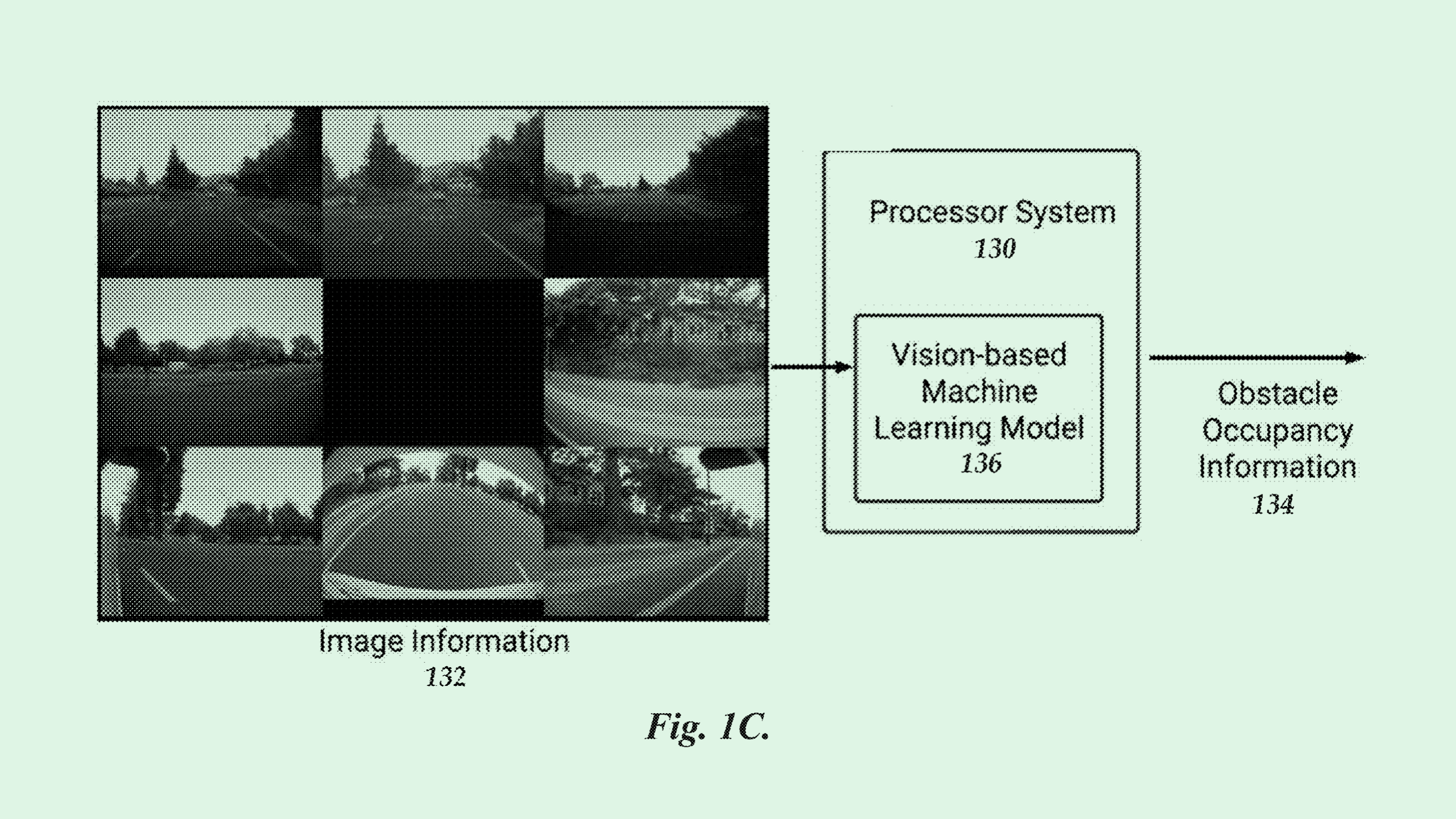Tesla Patent Gives its Cars Better Situational Awareness
Tesla and other self-driving car firms face both regulatory battles and public perception hurdles.

Sign up to uncover the latest in emerging technology.
Tesla wants to make sure its self-driving cars know which way to go.
The company wants to patent “automated adjustment of vehicle direction” based on environmental analysis. To put it simply, Tesla’s tech aims to give its vehicles better awareness and understanding of its surroundings, such as wonky objects or obstacles in its path, as well as driver intent to decide into which direction to set the gear.
Tesla’s system uses machine learning to process data from its vehicle’s dozens of sensors to determine if there may be obstacles that are outside of the driver’s field of vision. It also uses AI to learn the driver’s historical behavior as a way to determine intent, and uses GPS to determine appropriate orientations.
All of this data collection culminates in a system which automatically anticipates what gear to shift into in any given situation. For example, if a user tends to park in reverse in their garage at home, but park facing forward in the lot at their office, the car would automatically shift into those gears without user interference.
For unseen objects, like if a driver accidentally chooses forward-driving mode without being aware that there is an object sitting in front of their bumper, Tesla’s system may aim to mitigate a crash by reversing to avoid it. “In such a situation, if the driver persists in operating the vehicle, there is a risk of the vehicle colliding with the object.”
Several of Tesla’s patents aim to give its vehicles a heightened sense of awareness, including a recent one for a vision-based system with “thresholding for object detection” that could help put an end to phantom braking. Any tech that helps its autonomous systems be more cautious makes sense for Tesla, given that it hasn’t had the smoothest ride with its self-driving tech.
The company has run into regulatory backlash from the National Highway and Transportation Security Administration more than once regarding this feature, including a probe of incidents involving Tesla drivers crashing into emergency vehicles while using autopilot and concerns regarding a bug that lets drivers take their hands off the wheel for extended periods.
In December, the company also recalled 2 million vehicles – nearly every one it sold in the US in the past decade – to update software that makes sure its drivers are actually paying attention when their cars are driving themselves.
And last week, The Washington Post published a report that Tesla’s self-driving system may have been engaged during a fatal crash in 2022 involving a Tesla employee, making the incident the first recorded fatality involving the system. Though CEO Elon Musk said that Full Self-Driving wasn’t downloaded into the car, the NHTSA said that evidence of whether or not the feature was involved was destroyed in the crash.
Tesla isn’t the only self-driving car company that has faced a bumpy road. Google subsidiary Waymo, whose cars operate at level-four self-driving automation compared to Tesla’s level-two fleet, issued a recall for its software after two Waymo vehicles hit the same truck within minutes.
Public trust in autonomous vehicles is already fragile. According to the J.D. Power 2023 U.S. Mobility Confidence Index, comfort and confidence in self-driving vehicles declined for the second year in a row. Despite optimism from tech and auto firms alike, these kinds of incidents may further damage this tech’s already injured public perception.











